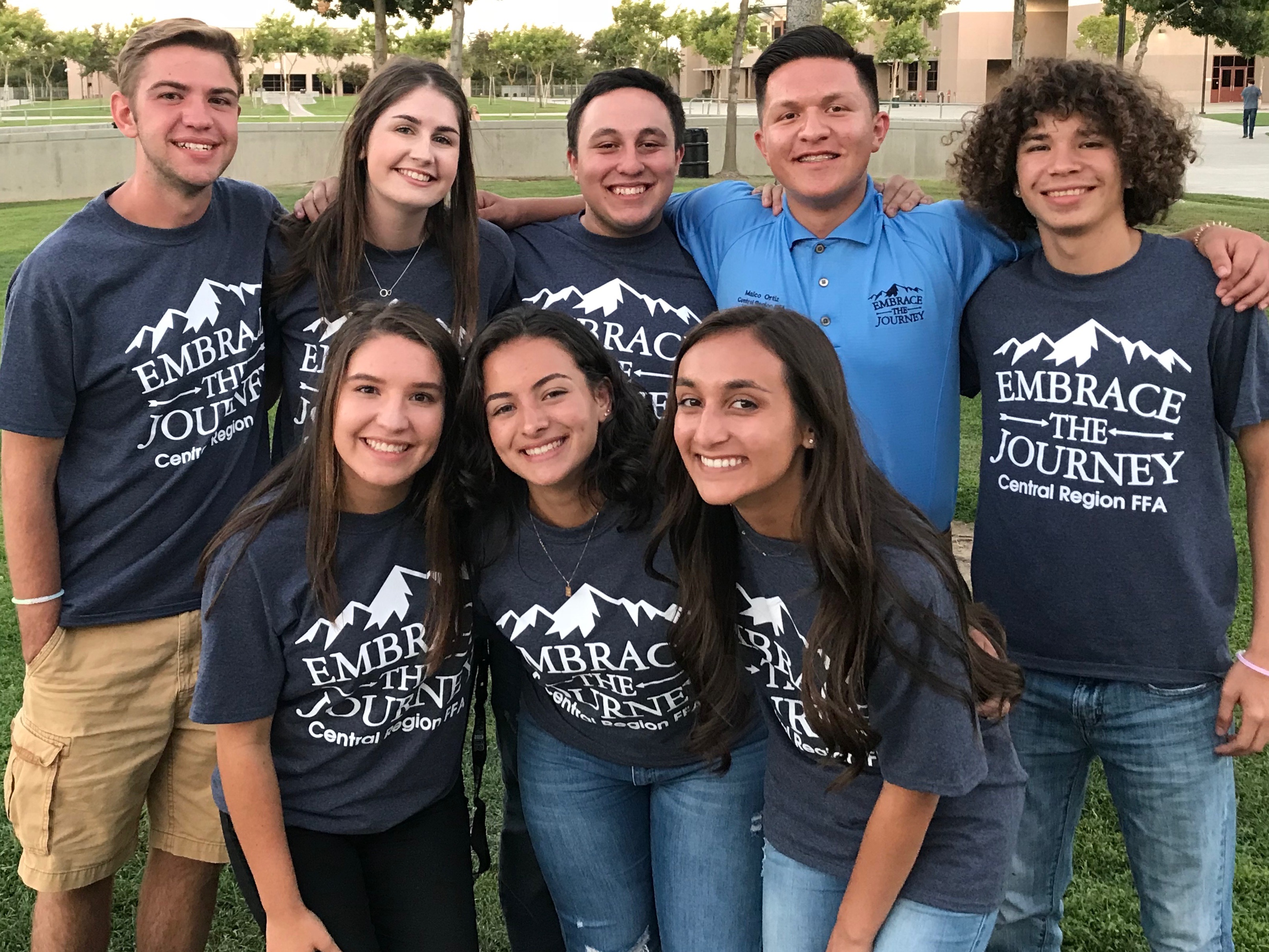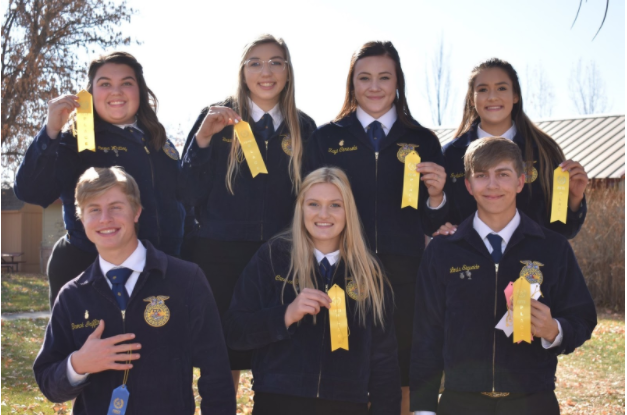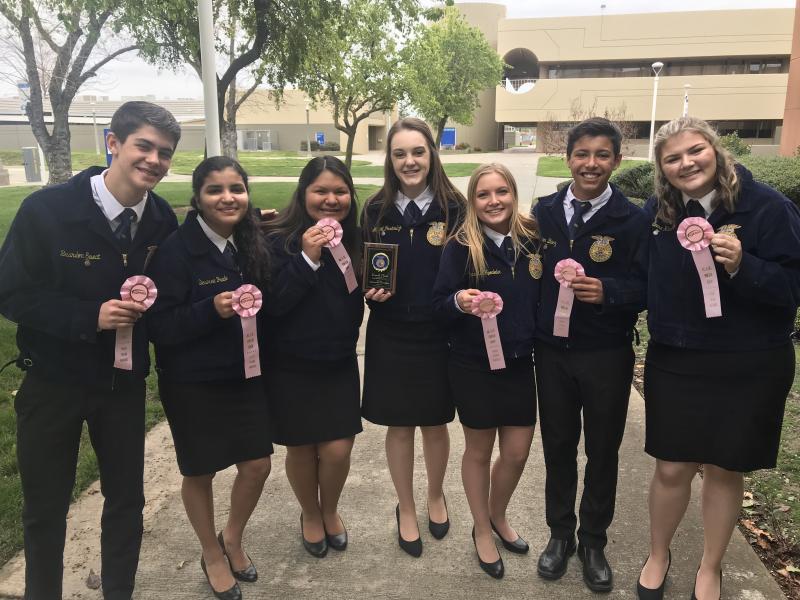Unique among educational entities, agricultural education consists of a three-pronged learning model designed to engage and educate all types of students. From rigorous classroom instruction to applied hands-on experience in agriculture and character development through involvement in FFA, the whole-person approach to the agricultural education system continues to lead the way and impact students throughout the Golden State.
Since 1917 with the passage of the Smith-Hughes Act, federal and state legislation has provided leadership for the implementation and improvement of agricultural education programs. The foundation of any successful Agricultural Education program is based on three inseparable, equal, and interdependent components that include: rigorous Classroom Instruction, FFA leadership and relationship development activities, and Supervised Agricultural Experience projects that provide relevant skills in agriculture.
An agricultural education program is made up of three integrated parts: Classroom Instruction, FFA and Supervised Agricultural Experience (SAE). Students with an SAE learn by doing. With help from their agricultural teachers, students develop an SAE project based on one or more SAE categories.
FFA is a dynamic youth organization within agricultural education that changes lives and prepares students for careers by providing experiences to maximize their exposure to premier leadership, personal growth and career success.






